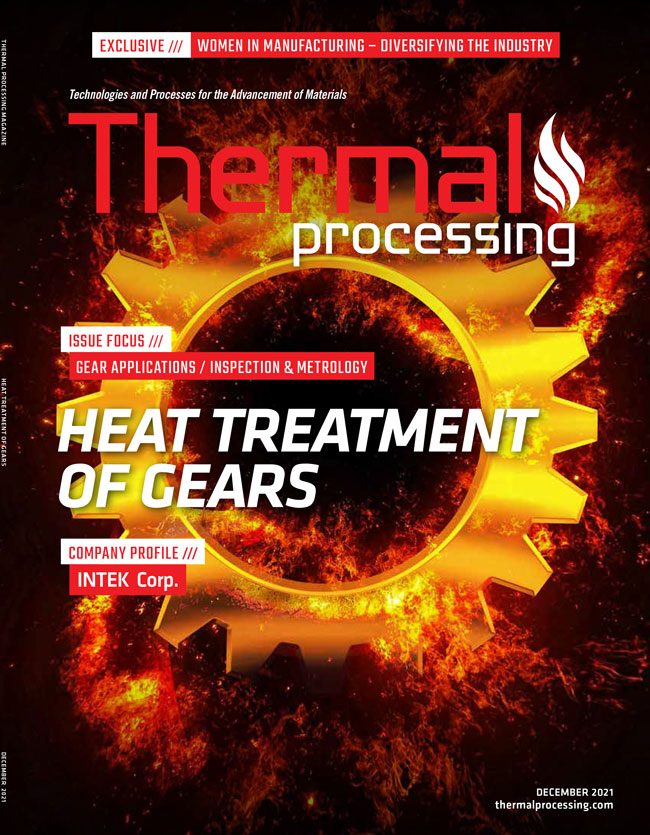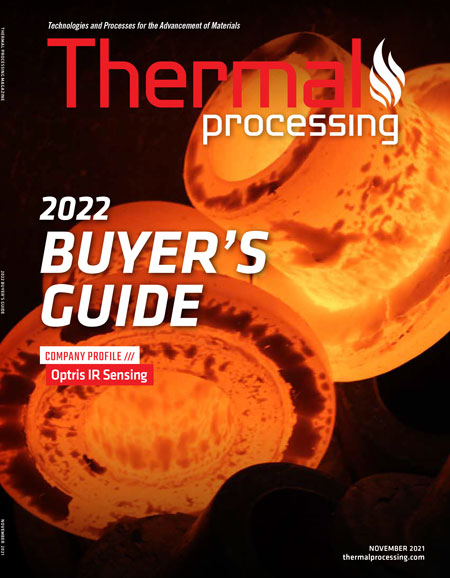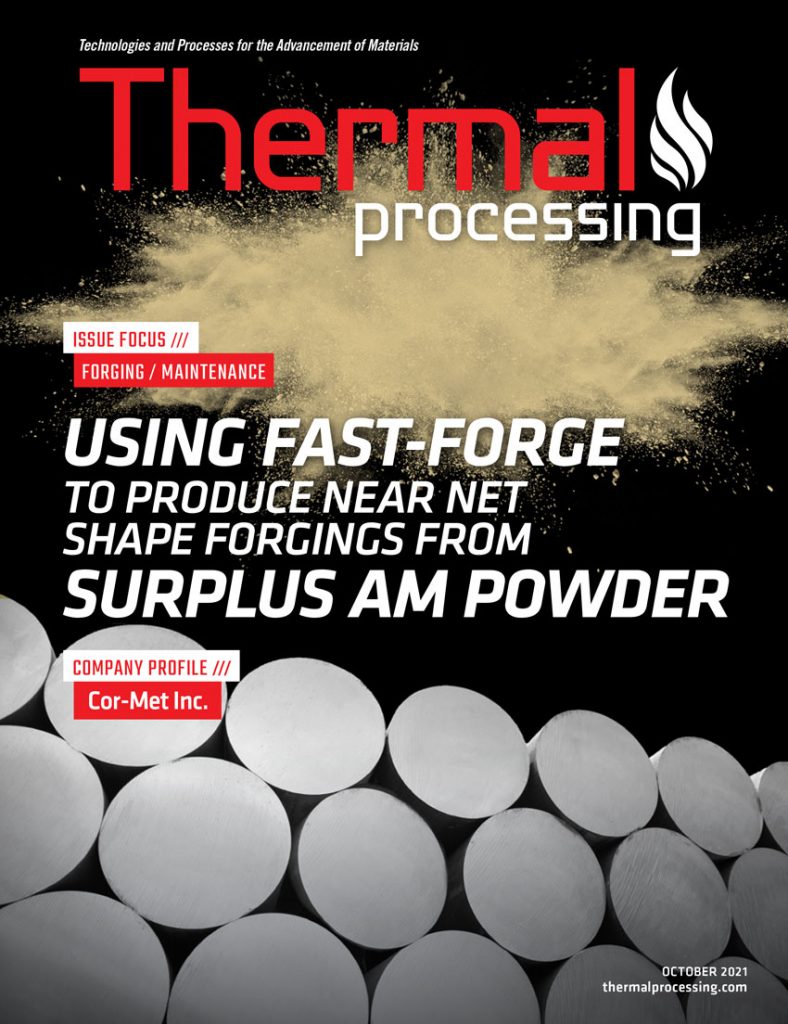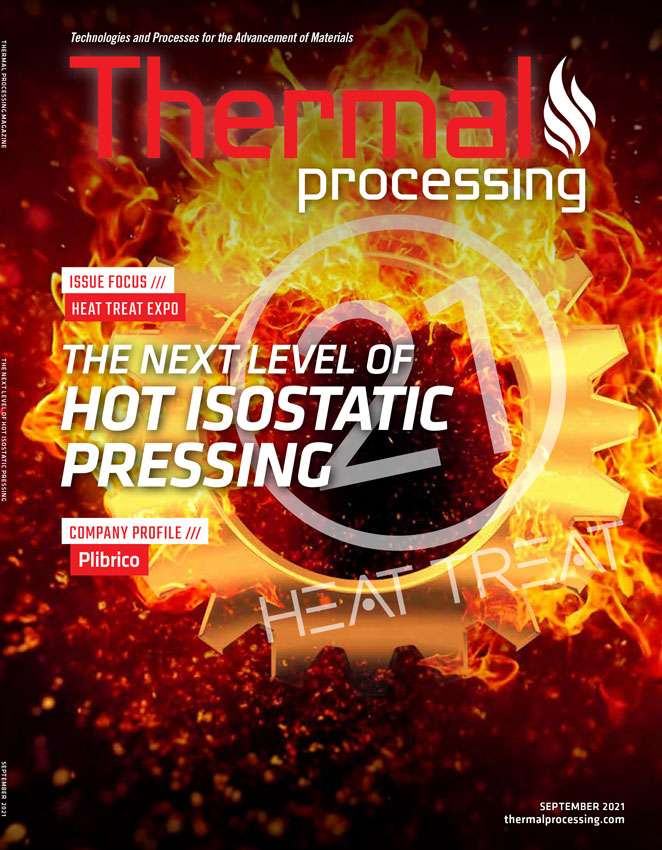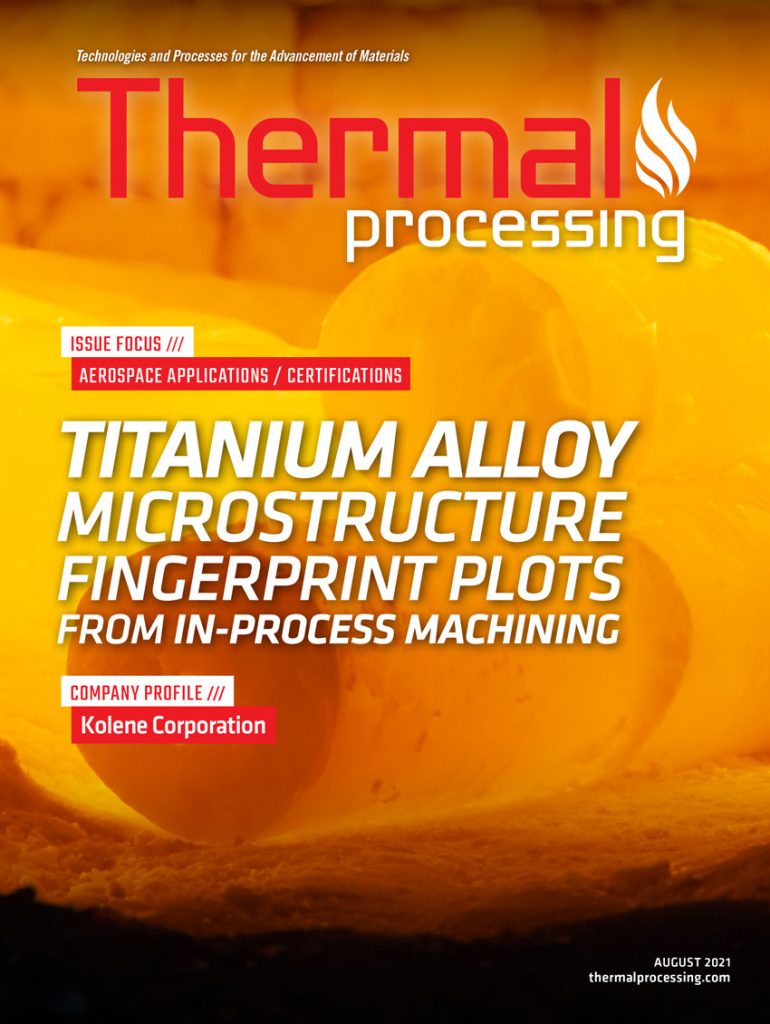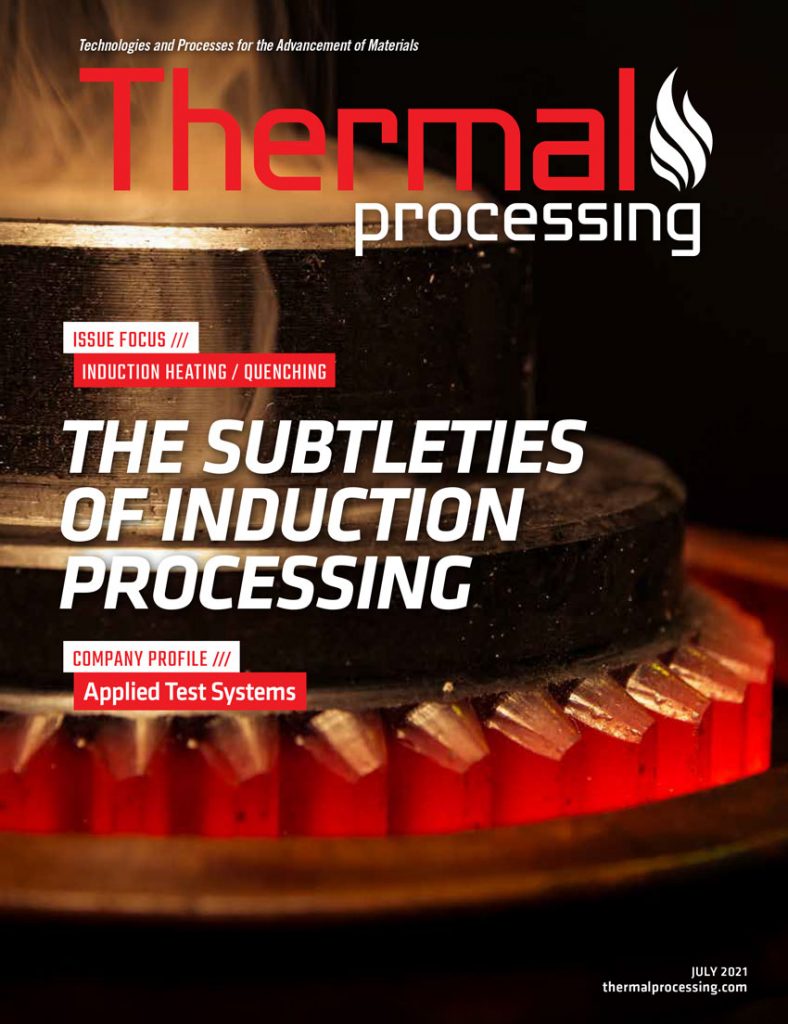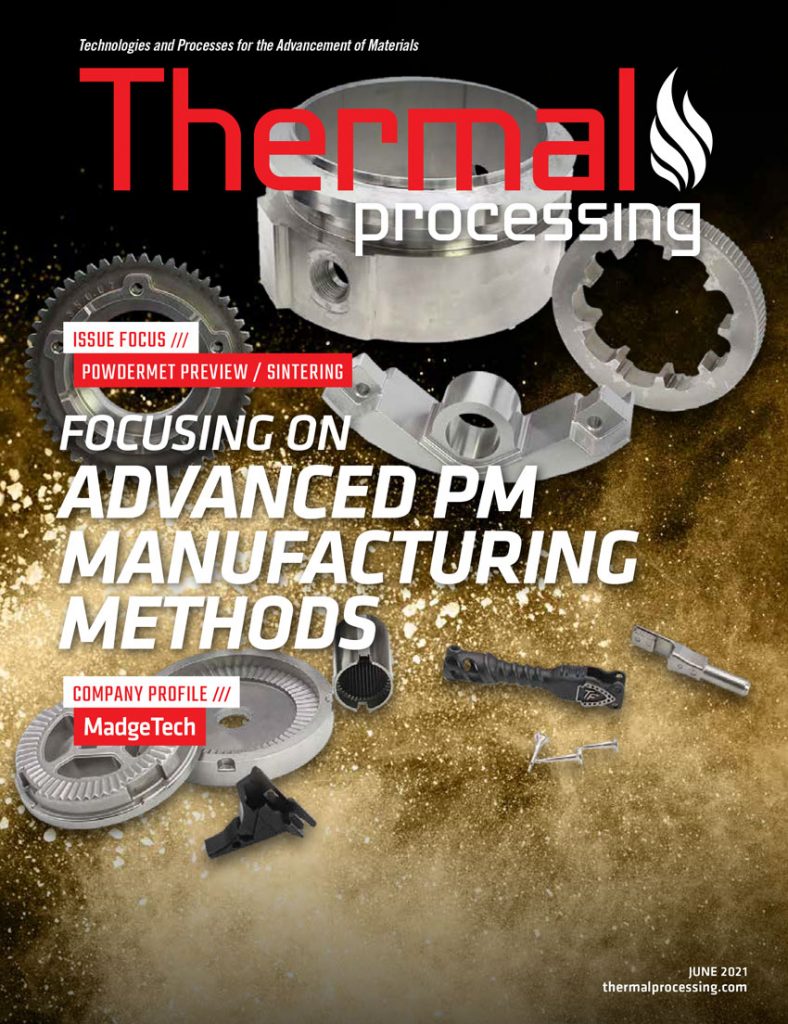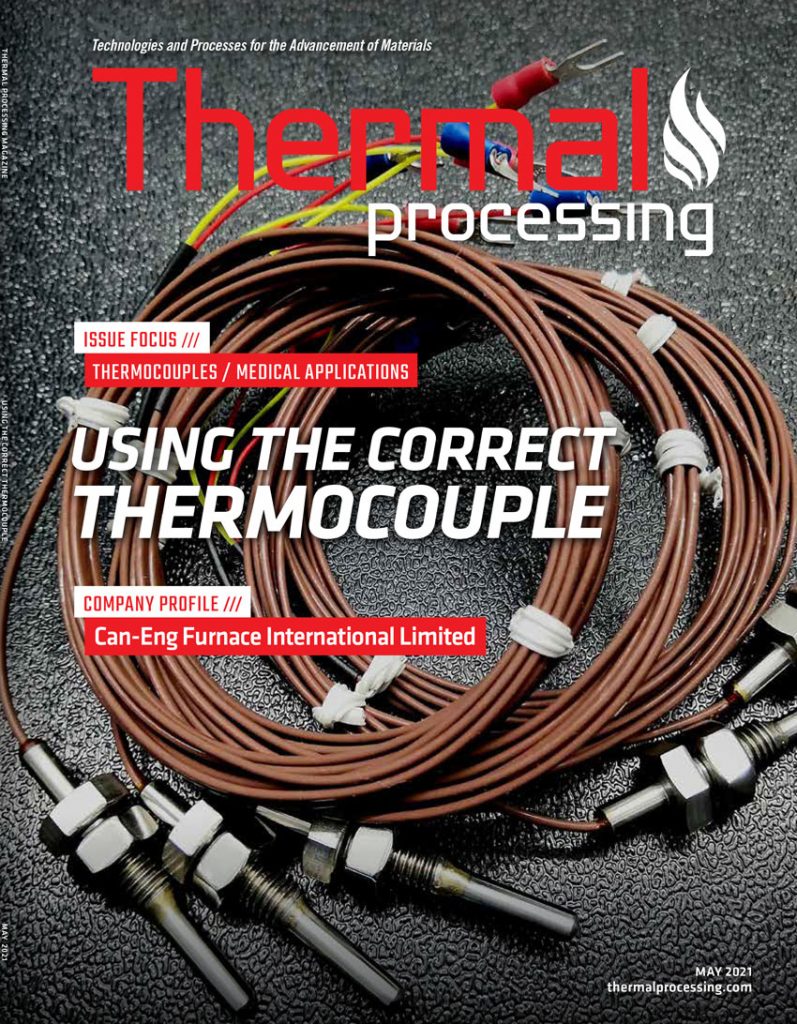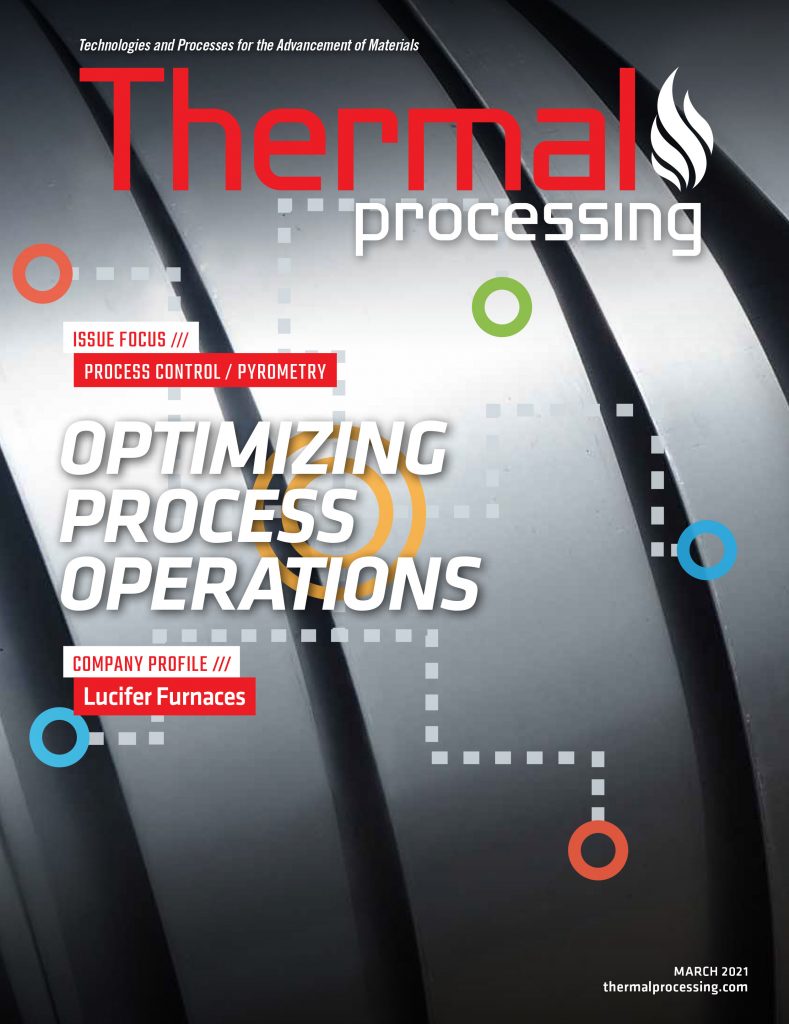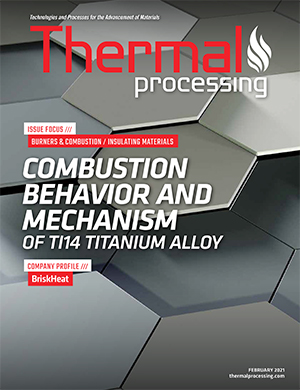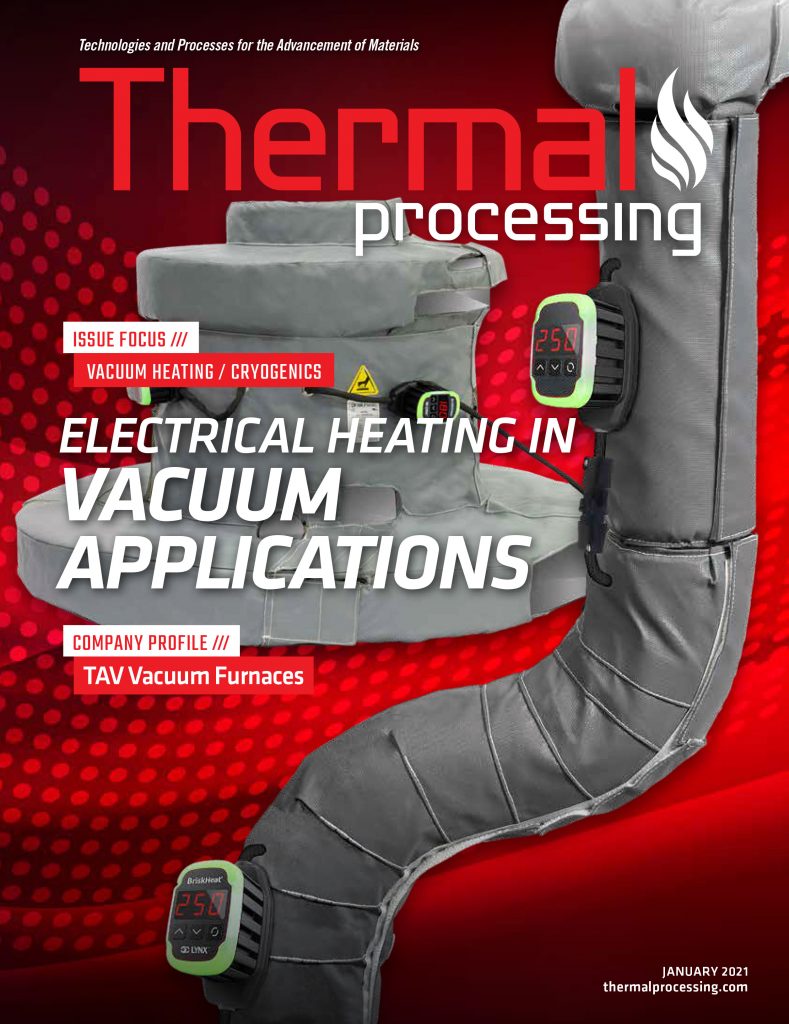Archives
December 2021
Heat treatment of gears
Often the options of heat treat may feel pre-defined when looked at from a gear designer’s perspective. There are options, but both gear designers and some heat-treat manufacturers are constrained by limited exposure to the fundamental physics that drive the process performed by the equipment available. The heat treat industry is old and rich with […]
An interpretable machine learning based approach for process to areal surface metrology informatics
Surface metrology parameters represent an important class of design variables, which can be controlled because they represent the DNA or fingerprint of the whole manufacturing chain as well as form important predictors of the manufactured component’s function(s). Existing approaches of analyzing these parameters are applicable to only a small subset of the parameters and, as […]
Women in manufacturing: Diversifying the industry
You don’t have to go very far back in time to find a point where the role of women in the manufacturing sector was practically nonexistent. But over the last decade or so, the ratio of women to men has seen a dramatic increase, although those statistics still have much room for improvement. Diversity in […]
October 2021
Using FAST-forge to produce near net shape forgings from surplus AM powder
Titanium alloys are used extensively in the aerospace sector due to the good combination of high strength-to-weight ratio and corrosive resistance. Many aerospace components are exposed to extreme service stress states and temperatures, which in some applications could compromise the component’s performance if a single titanium alloy is used. A potential solution to this issue […]
The importance of preventative maintenance
For those of you who work in heat treat every day, this will be nothing new; however, it will be an attempt to assist you in getting what you need with the right information to help inform the front office that every maintenance dollar is well spent. With the awareness that far more technical and […]
AC7102 Checklist Review, Part 5
Editor’s note » This is the final article of a five-part series that deconstructs the requirements of AC7102. Each article has appeared every other month through 2021. Part 1 was published in February; Part 2 appeared in April; Part 3 was featured in June; and Part 4 was part of the August issue. AC7102/8 relates to […]
September 2021
The next level of hot isostatic pressing
Over recent years, the development of in-HIP heat treatment (High Pressure Heat Treatment) has led to some interesting developments, which are now changing the heat-treatment industry. Hot Isostatic Pressing (HIP), which is an essential process to remove defects and improve the mechanical properties of materials for critical components, has previously been followed by heat treatment […]
How to properly debind parts produced by metal AM
Additive manufacturing is a manufacturing technology that is gaining more and more ground among metallurgists. The process involves all the techniques used to create 3D-metal objects from a digital design. The production of three-dimensional solid objects using AM technology is different from traditional subtractive manufacturing, which uses a block of solid material from which excess […]
August 2021
Titanium alloy microstructure fingerprint plots from in-process machining
Titanium alloy components require several machining stages of forged billets, which are supplied in a range of annealing conditions. Generally, the machining performance is influenced by the heat treatment and changes in billet microstructures are often overlooked by tool manufacturers and machinists. Due to the non-linear strain path during primary forging, titanium alloy billets are […]
Enabling a better custom ceramic fabrication
Ceramic structures filled with tiny macroscopic pores play an important role in industrial and biomedical products, but they’re also notoriously difficult to fabricate. A Cornell researcher may have an answer, as a manufacturing technique she’s developing has introduced a new level of precision to porous ceramic materials, opening a new realm of possibilities for their […]
AC7102 Checklist Review, Part 4
Editor’s note » This is the fourth of a five-part series of articles that will deconstruct the requirements of AC7102. Each article will appear every other month through 2021. Part 1 was published in February, Part 2 appeared in April, and Part 3 was featured in June. Hardness and conductivity testing are common tests used to […]
July 2021
The subtleties of induction processing
Inductoheat was recently asked to conduct three technical video seminars on modern induction thermal technologies for automotive industry: • The first seminar was April 28, 2021. Title: “Troubleshooting Failures and Prevention in Induction Hardening: General Useful Remedies, Impact of Geometrical Irregularities and Improper Designs.” Format: 90 minutes of oral presentation followed by 15-20 minutes of […]
Improving the mechanical properties of medium carbon steel
Quenching is one of the major processes of heat treatment of medium carbon steel that aims at improving its mechanical properties. However, the effectiveness of this process is dependent on several control factors that must be maximized to obtain optimum results in terms of hardness, yield strength, and ultimate tensile strength, among others. This study […]
Carburizing clean with Method 4
The existing model for removing soot from a furnace is a burn-out consisting of three methods: Method 1: Remove the load, lower the furnace temp, open the door, and let air burn out the soot. Method 2: Remove the load and the atmosphere and add a small amount of air to the furnace for eight […]
June 2021
Focusing on advanced PM manufacturing methods
“Times and conditions change so rapidly that we must keep our aim constantly focused on the future.” — Walt Disney How appropriate. Over the years, the Metal Powder Industries Federation (MPIF) and APMI International sponsored conferences and exhibits have become the largest and most prestigious conferences in the powder metallurgy (PM) industry. This year, MPIF […]
Microstructure and properties of tungsten-heavy alloy connections are formed during sintering with the participation of the liquid phase
Tungsten heavy alloys (THA) are used in the defense industry for subcaliber bullet cores due to their high density and strength. Typically, methods of joining tungsten-rod elements include: soldering, friction welding, or threaded-sleeve splicing. The properties of the joints were tested for three types of material containing 90.8, 96.2, and 98.2 wt.% tungsten, density from […]
AC7102 Checklist Review, Part 3
Editor’s note » This is the third of a five-part series of articles that will deconstruct the requirements of AC7102. Each article will appear every other month through 2021. Part 1 was published in February. Part 2 appeared in April. Aluminum heat treating is unique. Heat treatable aluminum alloys are those that contain magnesium, which provides […]
May 2021
Using the correct thermocouple
The principles behind how and why a thermocouple functions were beginning to be understood in the early 1800s with most significant developments taking place in Europe. In 1800, Alessandro Volta built a voltaic pile of dissimilar metals, silver and zinc, separated by cloth that had been soaked in salt water. This stack created a small […]
Preventing eutectic reactions and diffusion bonding in vacuum processing
The purpose of this article is to explain reactions that can occur during a vacuum processing cycle and different methods of preventing these reactions. We will discuss how eutectic compositions can form while heat treating and how diffusion bonding can be a concern to heat treaters when two dissimilar materials are in close contact with […]
Effect of heat-treatment conditions on the mechanical properties and machinability of Ti15SnxCu alloys
In the current work, the microstructure, mechanical properties and machinability of Ti15SnxCu alloys (x = 0 to 2 wt. %) were investigated. The alloy was prepared by the vacuum arc, re-melting and casting route, and then thermally processed by solutionizing at 1,000°C for two hours, followed by water quenching. By controlling the heat-treated condition and […]
April 2021
The advantages of pulse plasma nitriding
In the gear manufacturing industry, when case-hardening, tempering, or nitriding the surface of steel, whether for gears or gearboxes, the options have traditionally included one of three processes: carburizing, salt-bath nitrocarburizing, or gas nitriding. Each process has advantages and disadvantages. However, those seeking more precise control of the diffusion layer formation, depth of case hardening, […]
Oxide-oxide ceramic matrix composites enabling widespread industry adoption
Oxide-oxide ceramic matrix composites are gaining increasing attention as a mainstream material option for high-temperature components in the aerospace and advanced energy sectors. As the material moves from bench to production, cost reductions are required to ensure the solutions are market-competitive with titanium and other high temperature alloys. In parallel, a more comprehensive portfolio of […]
AC7102 Checklist Review, Part 2
Editor’s note » This is the second of a five-part series of articles that will deconstruct the requirements of AC7102. Each article will appear every other month through 2021. Click here for Part 1. It is my hope that suppliers may have, at the very least, gained some insight into some challenges they may face when […]
March 2021
Optimizing process operations
In integrated control system is the most effective way to enhance any complex industrial manufacturing process. A well-designed control system not only ensures greater safety and hazard prevention, but it also allows for precise monitoring for strict operating parameters. While recommended for all industrial process equipment, for some applications, such as metal coil coating, a […]
A posteriori reconstruction of the temperature distribution in surface hardened tempering steel
Process control in surface hardening depends greatly on the repeatability of the results. Induction heating facilities stand out in this aspect but challenges arise when it comes to the verification of the expected temperatures. In-situ temperature measurement of a workpiece may be made impossible due to it moving through an enclosed, automated induction facility that […]
Case Study: New temperature control system delivers precision, efficiency, and flexibility
Clifford-Jacobs is a nearly century-old producer of die forgings. When the company needed to improve its process controls on its heat-treating furnaces, it turned to Conrad Kacsik. Clifford-Jacobs serves a number of industries, including construction, mining, forestry, aerospace, energy, and rail. With process controls well over 10 years old, the company was eager to improve […]
February 2021
Combustion behavior and mechanism of Ti14 titanium alloy
The combustion behavior and mechanism of Ti14 titanium alloy are studied by promoted ignition combustion tests at different oxygen pressures. The burning velocity increases at higher oxygen pressures and also increases with longer burning times instead of a constant at the same pressure. The Cu atoms are found enriched in two zones — i.e., the […]
Innovation for saving energy and improving output
The harsh economic climate of 2020 had a direct impact upon ferrous and non-ferrous metal producers, as well as those companies involved in the post production processes of these metals. The demand had fallen sharply in almost all markets worldwide. However, as we move forward into 2021, the signs are encouraging for both sectors as […]
AC7102 Checklist Review, Part 1
Editor’s note » This is the first of a six-part series of articles that will deconstruct the requirements of AC7102. Each article will appear every other month through 2021. Throughout my consulting work, questions regarding Nadcap heat-treat checklists are often presented. These questions range from interpretation to job audits to applicability. In this series, I will […]
January 2021
Electrical heating in vacuum applications
Applying electrical heat to materials under vacuum can be an important manufacturing process to ensure product quality when drying, high-purity processing or other vacuum heating is required. The use of vacuum promotes off-gassing and reduces the boiling point of trapped liquids. Unfortunately, vacuum alone may cause liquid evacuating from the material or part to freeze. […]
Can sub-zero treatment at minus-75°C bring any benefits to tool manufacturing?
Vanadis 6 ledeburitic tool steel was subjected to sub-zero treatment at minus-75°C for different durations and for different subsequent tempering regimes. The impact of these treatments on the microstructure, hardness variations, and toughness characteristics of the steel was investigated. The obtained results infer that the retained austenite amount was reduced to one fourth by sub-zero […]
Stronger ‘shaped’ wire belt stands up to rigors of heat treating
Whether for automotive, aerospace, or heavy equipment, manufacturers using heat treatment — which can reach temperatures up to 2,400°F and vary from a few seconds to 60-plus hours — need conveyor belting that can withstand the rigors of the process. However, traditional round balance weave wire belting has changed little in 100 years and often […]










